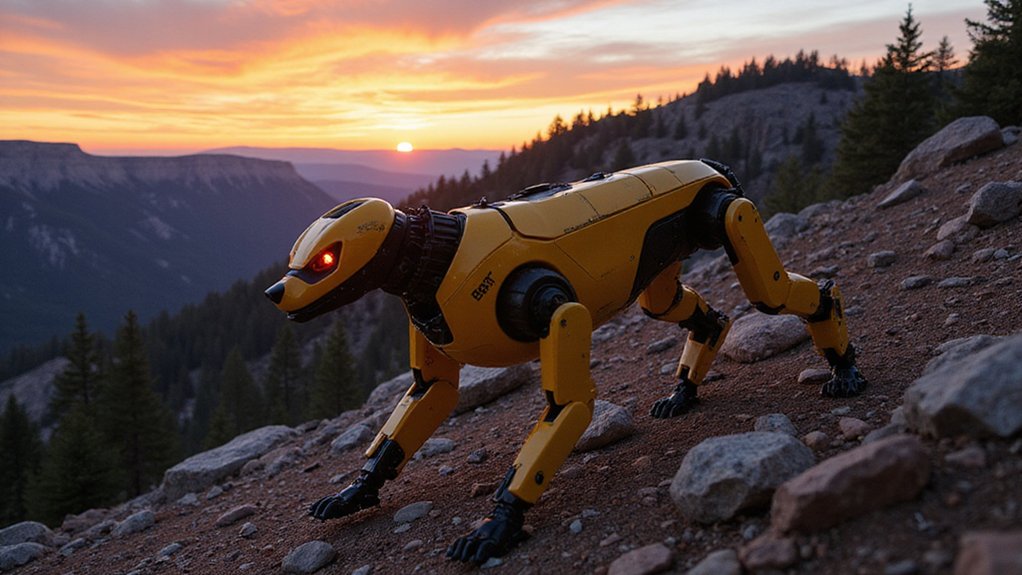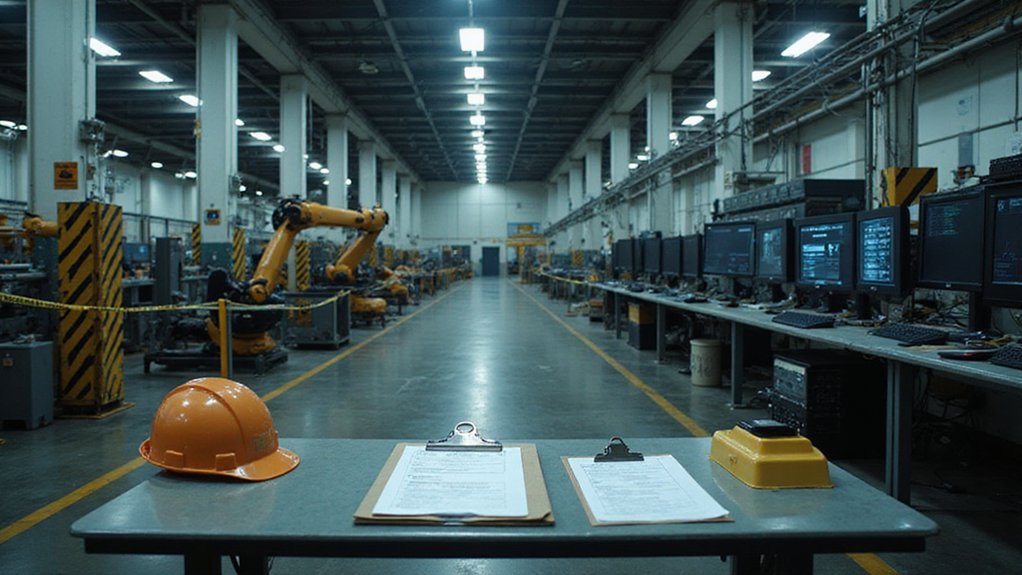As cities across the United States embrace new technology, police departments are rapidly expanding their use of artificial intelligence to track citizens in public spaces. Major cities like New York and Chicago have deployed networks of thousands of AI-powered surveillance cameras that constantly monitor streets and public areas.
These systems can identify specific objects, behaviors, and activities in real-time. The AI detects firearms, people loitering, or movements deemed suspicious. It can also flag anomalies like cars lingering after business hours or unusual activity in alleyways at night.
Facial recognition technology has become widespread in law enforcement agencies across the country. The system matches faces from surveillance footage to criminal databases, which speeds up suspect identification. However, this technology has led to wrongful arrests due to misidentification, with studies showing accuracy disparities affecting Black, East Asian, American Indian, and female individuals.
Facial recognition promises efficiency but delivers bias, endangering the very communities police claim to protect.
Automated License Plate Readers (ALPRs) scan vehicle plates and instantly cross-reference them with law enforcement databases. These systems help police quickly find stolen vehicles or cars linked to crimes. The data retention policies vary widely, raising concerns about long-term tracking of citizens’ movements.
Police departments have also adopted drone surveillance with infrared and thermal imaging capabilities. These aerial tools monitor crime scenes, crowds, and high-risk incidents while reducing officer risk in dangerous situations. Drones assist in evidence collection and accident reconstruction for investigations. At least fifteen states now require law enforcement to obtain warrants before using drones for surveillance operations.
Predictive policing algorithms analyze crime patterns and historical data to forecast potential crime hotspots. This allows departments to allocate resources to high-risk areas. The systems include risk assessment tools that identify individuals likely to reoffend or become crime victims. Many of these systems build upon the early intervention systems that were originally designed to monitor officer behavior for signs of stress or misconduct risks.
The automation drastically reduces the need for human monitoring of video feeds, allowing for expanded surveillance with lower labor costs. However, ethical concerns remain about reinforcing existing biases and the lack of transparency in how these AI systems operate. Critics argue the technology has outpaced proper oversight and privacy protections.
References
- https://actuate.ai/security-resources/new-police-technology-2025-the-future-of-law-enforcement/
- https://www.ncsl.org/civil-and-criminal-justice/artificial-intelligence-and-law-enforcement-the-federal-and-state-landscape
- https://speakwrite.com/blog/trends-in-law-enforcement/
- https://www.kaseware.com/post/the-future-of-law-enforcement-key-technology-trends-shaping-2025
- https://www.lawfaremedia.org/article/the-authoritarian-risks-of-ai-surveillance









